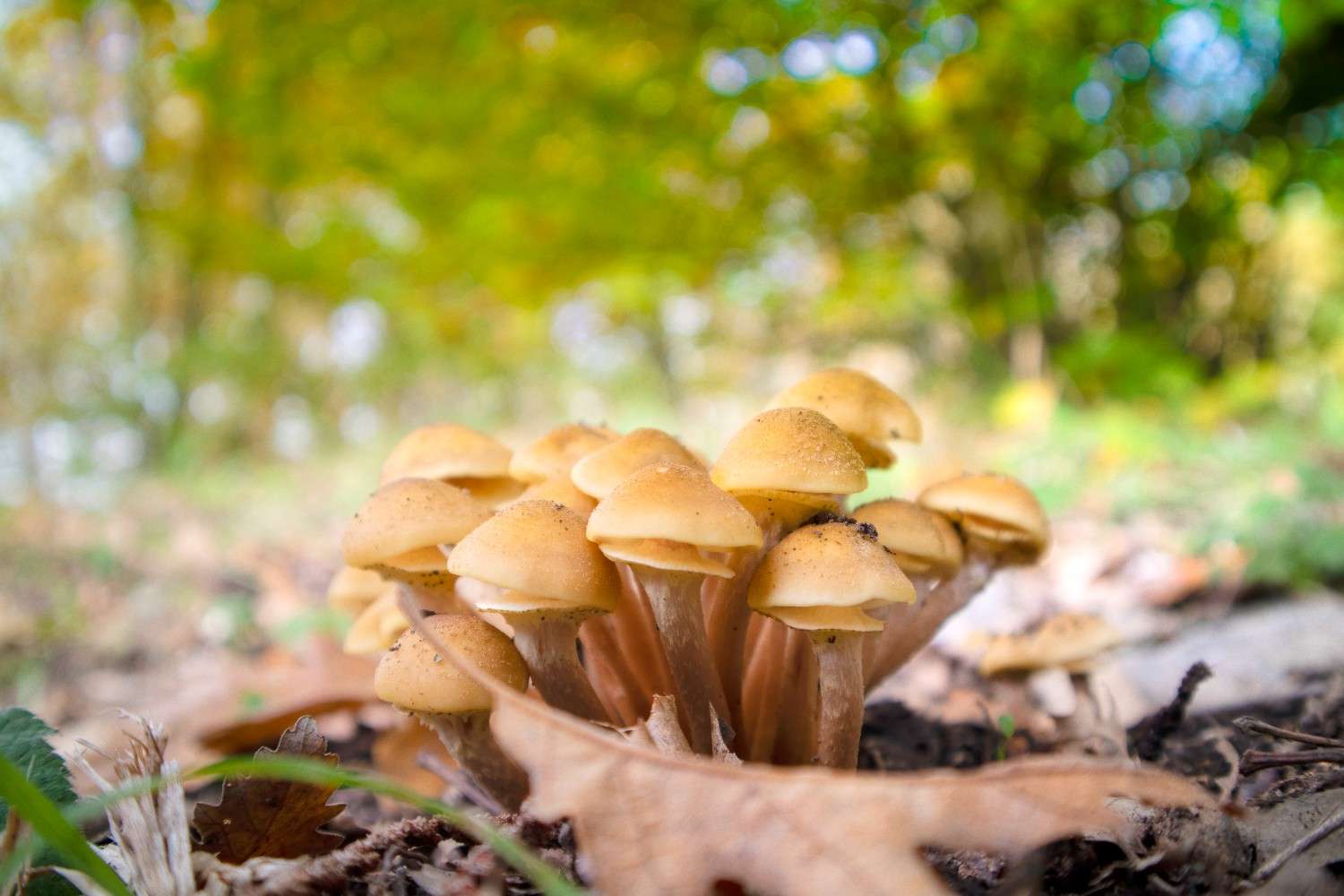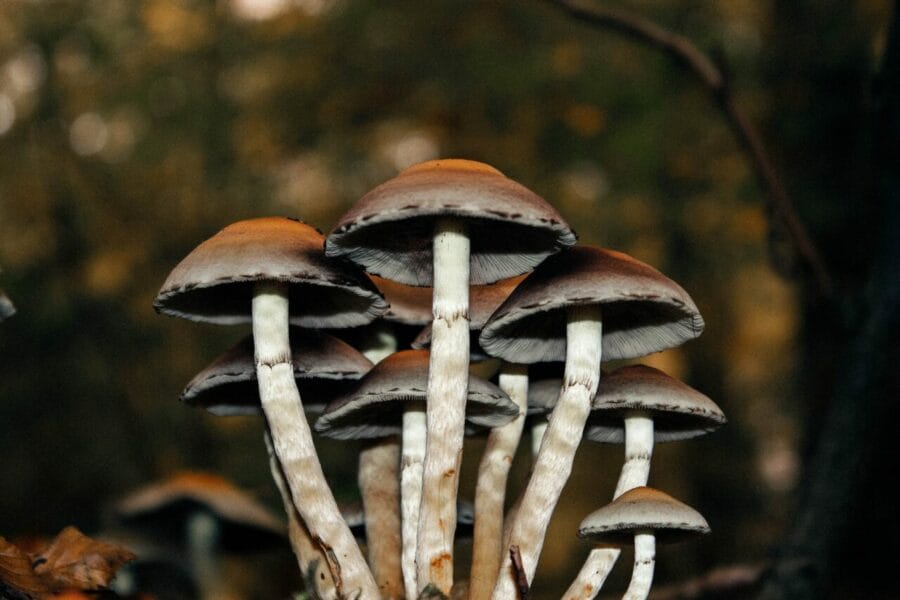Shrooms Canada has captured the mainstream audience, pulling in significant funding for potential medicinal uses, expediting scientific studies, and encouraging a rising acceptance among the public.
Two contemporary studies emphasize the importance of psilocybin mushrooms as a commonly consumed psychoactive substance.
Eric Leas, an epidemiologist from the University of California, San Diego, noted a 1,250% increase in microdosing-related online searches from 2015 onward, with psilocybin overtaking LSD in 2019. Additionally, a RAND Corporation study indicates that roughly 3% of Americans – approximately 8 million adults – used psilocybin in the preceding year, making it the most popular hallucinogen in 2023.
Let’s explore the global intrigue surrounding shrooms.
[toc]
What Does Microdosing Involve?
Psychedelic microdosing refers to the act of taking a small amount of a hallucinogenic substance to achieve a positive mental effect without experiencing a full psychedelic trip. This typically entails consuming just 10-20% of a dose that would prompt a psychoactive response. The goal is to ingest a tiny amount of a psychedelic substance that doesn’t significantly alter consciousness.
Traditionally, microdoses of magic mushrooms and peyote were used to ease physical symptoms and enhance wellness. The use of LSD in microdosing emerged in the 1960s as people sought to boost cognitive performance and creativity.
Nowadays, microdosing also includes substances like MDMA, Ritalin, cannabis, and ketamine, which can cause hallucinations at larger doses but don’t initiate a psychedelic experience when microdosed.
Comparing Microdosing and Full Dose Experiences
| Aspect | Microdosing | Full Dose (Psychedelic) | |||
| Dosage | 0.1 to 0.3 grams of dried mushrooms | 1 to 3 grams or more of dried mushrooms | |||
| Frequency | Regular (e.g., every few | Frequency of Occurrence | Occasional | Infrequent (fewer than 6 times in 365 days) | Occasional |
| Effect Duration | Brief disruption to daily routine | Altered state persists for 4-6 hours | |||
| Sensory Effects | Experiences may include hallucinations (distorted or non-existent sensory perceptions), heightened emotional and sensory perceptions (enhanced colors, amplified sounds), and synesthesia (e.g., “seeing” sounds or “hearing” colors) | Minor changes in sensory perception, slight mood elevation, and increased concentration and creativity | |||
| Physical Impact | Minimal to non-existent physical effects | Increased energy and heart rate, potential feelings of nausea |
The Rise of Psilocybin Microdosing
Approximately half of psilocybin users from the past year have turned to microdosing. This practice, which involves consuming 1/10 to 1/20 of a typical dose, has gained favor among tech professionals and suburban mothers. Most microdosers ingest psilocybin one or two times a year, with only 11% using it more than six times. More than half prefer to consume whole or dried mushrooms, but processed forms like chocolate bars and teas are also used.
The interest in microdosing correlates with changing laws regarding cannabis and psychedelics. States such as Oregon and Colorado, where plant-based psychedelics have been decriminalized, show the greatest interest in microdosing.
Studies indicate increasing psilocybin use, especially in nightlife settings, where it’s becoming as popular as drugs like ecstasy and ketamine. One study estimated that about 5.5 million adults used hallucinogens in 2019, with a marked rise in LSD use.
Key Factors Driving the Growing Microdosing Trend
The RAND survey has identified the three primary reasons why Canadians use psilocybin:
Enjoyment and Social Interaction
Many Canadians use these hallucinogenic mushrooms recreationally, seeking a unique communal experience. The social aspect of consuming psilocybin at group events or social gatherings adds to its appeal.
Mental Health
A significant percentage of users turn to psilocybin for its potential mental health benefits. Indeed, evidence from an observational study in Nature-Scientific Reports Trusted Source suggests that microdosing psilocybin mushrooms
Teas offer an appealing method to consume psilocybin, with the added benefit of being able to mask its taste within a variety of flavorful brews.
- Method of preparation: Psilocybin is infused into hot water, creating a potent tea.
- Dosage: The quantity of psilocybin in each cup can vary, depending on the strength of the brew.
- Method of intake: Consumed as a regular beverage, the tea can be enjoyed hot or cold.
Psilocybin teas are a traditional means of consumption, providing a soothing and tranquil experience.
- Preparation Method: Mushrooms, once dried, are soaked in hot water. Herbs or flavorings are often included to improve the taste.
- Dosage: The tea’s strength depends on the amount of mushrooms used. Microdoses typically vary between 0.1 and 0.3 grams.
- Consumption: The tea can be consumed like any other herbal beverage.
Shrooms Canada’s Product Range
| Product | Type | Dosage | Time to Take Effect | Duration | Effects |
| Trans Envy Magic Mushrooms | Psilocybin Mushrooms | Usually, microdoses range from 0.1 to 0.3 grams. | 30-60 minutes | 2-4 hours | Improves mood, triggers visual alterations, encourages introspection |
| Kind Stranger – Microdose Capsules | Psilocybin Capsules | 1 capsule is equal to 250 mg (15 capsules in each bottle). | 30-60 minutes | 2-4 hours | Aids in clarity, creativity, concentration, and stress relief |
Essential Insights
The global trend of microdosing psilocybin mushrooms, led by Canada, represents a significant change in the understanding and use of psychoactive substances. As research advances and regulations evolve, the potential therapeutic benefits of psilocybin could revolutionize the treatment of various mental health conditions and promote overall wellbeing.
Frequently Asked Questions
What are the Important Tips for Microdosing?
- Use a precise scale if a pre-measured dose is not available.
- Take the initial dose on a normal, peaceful day when you are feeling good.
- Ensure your environment is secure and devoid of distractions.
- Follow your chosen protocol for a duration of 4-10 weeks.
- Start with a minimal dosage, making necessary adjustments to achieve the desired outcomes.
- Microdose in the morning to avoid disruption to your sleep.
- Initially, steer clear of alcohol and other consciousness-altering substances. CBD may prove beneficial.
- Keep a microdosing diary to track dosage, timing, diet, activities, and outcomes.
- Exercise patience and allow the regime to take effect gradually.
Grasping the Fadiman Protocol
The Fadiman Protocol, a microdosing strategy devised by psychologist James Fadiman, recommends taking a microdose on the first day, then refraining for the next two days. This cycle extends over a duration of 4 to 10 weeks.
The protocol’s primary aim is to adopt a balanced microdosing approach. It assists in preventing tolerance accumulation and allows the body to recover between doses. This balance lets users sustain the benefits of microdosing without experiencing a decline in efficacy over time.
Interpreting the Stamets Stack Protocol
The Stamets Stack Protocol, suggested by mycologist Paul Stamets, recommends dosing for four consecutive days, then taking a three-day rest. The protocol stands out due to the inclusion of supplements such as Lion’s Mane mushroom and Niacin.
Lion’s Mane is appreciated for its potential to boost neurogenesis, while Niacin is used to enhance absorption. Like the Fadiman Protocol, this regimen lasts for 4 to 10 weeks. The combination of substances in the Stamets Stack is designed to improve cognitive function and boost overall brain health.
Articles that might pique your interest:




